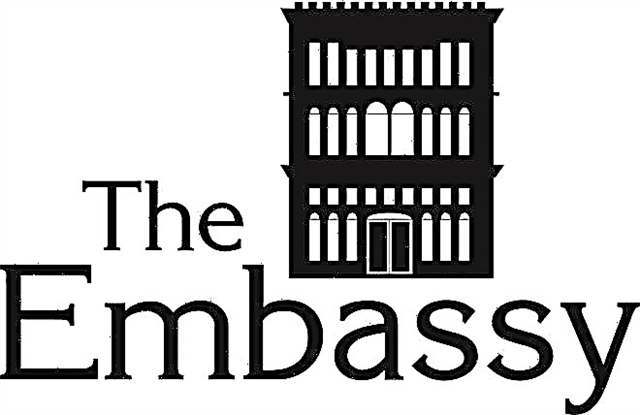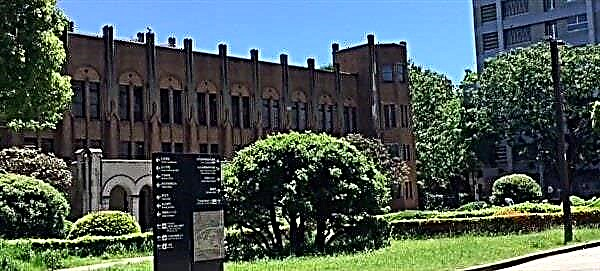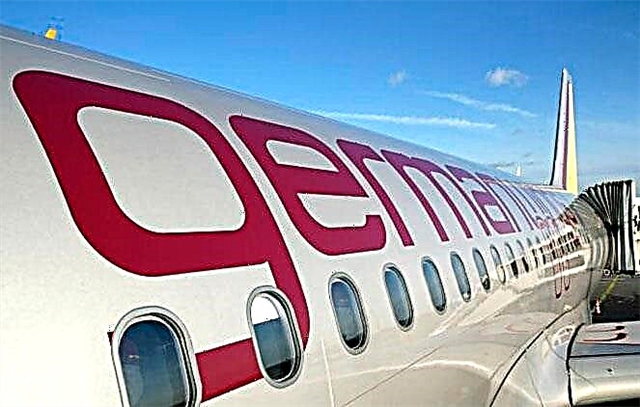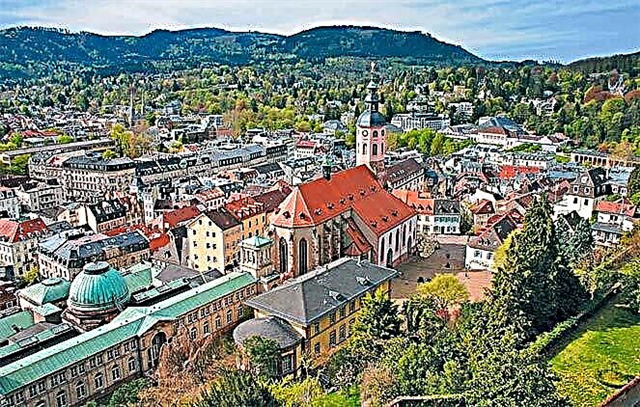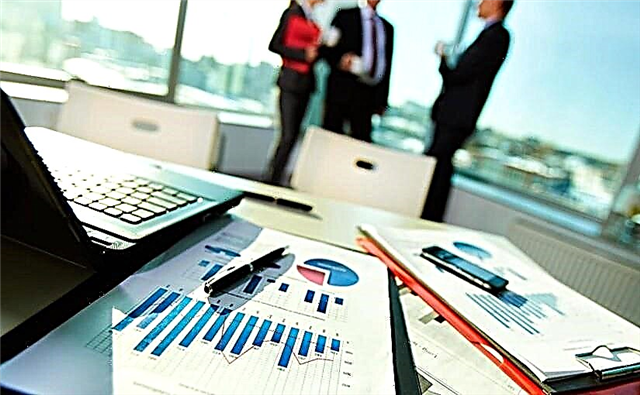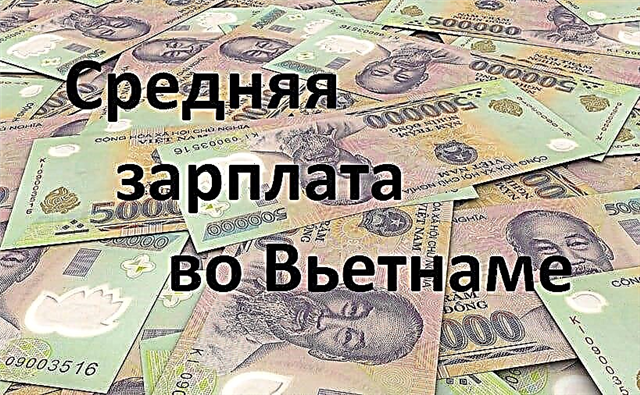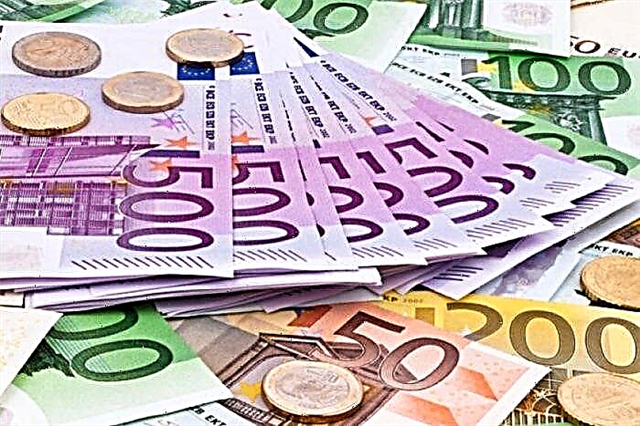Austria joined the Eurozone in early 2001. This event opened up new perspectives for the country. And the fact that the national currency of Austria - the schilling - has been replaced by the euro (€) since 2002, was an important step in the successful advancement of European integration. Interestingly, the sketches of the euro banknotes were developed by the graphic artist Robert Kalina, an Austrian citizen who worked at its National Bank: in 1996, his sketches became winners in the competition of the European Monetary Institute.

History of money in the Austrian Republic
The Austrians began minting their coins in the 14th century. Paper money in Austria - they are called bancocettel - began to be issued in 1762.
The banknotes were characterized by relatively good protection and had some design features. Their minimum denomination was then 5 guilders. In 1800, 1 guilder notes appeared in circulation.
However, this respected currency in Europe was replaced in 1898 by a new, more secure, crown. The collapse of Austria-Hungary caused its depreciation.
The currency of Austria before the euro - the schilling (ATS) - began to be issued in 1925 as a result of the monetary reform. From 1938 to 1945 (after the Anschluss with Germany), the German mark was in circulation in the country. But the ATS regained its status as the national currency of Austria in November 1945, after the end of World War II.
Since 2002, after the Austrian schilling was withdrawn from circulation, euro banknotes of all denominations have been circulating: 5, 10, 20, 50, 100, 200 and 500 euros, as well as coins in denominations of 1, 2, 5, 10, 20 and 50 euro cents (¢) and 1 and 2 euros.
Cashless payments and use of ATMs
 At least 90% of the adult population of the Republic of Austria has an account with financial institutions in 2021. At the same time, almost half of them use bank cards.
At least 90% of the adult population of the Republic of Austria has an account with financial institutions in 2021. At the same time, almost half of them use bank cards.
The payment infrastructure of the state makes it possible to make payments using cards:
- Goods at provincial food fairs.
- Traveling by public transport. Special terminals are installed at the bus stops, allowing you to purchase a ticket from a card.
- Bicycle rental for a walk in Vienna. In the parks of this city, special devices are placed that work with plastic payment instruments.
- Tickets to visit local museums, etc.
There is one more thing to know. Recently, a debit card issued by Austrian banks can be used as a kind of electronic wallet.
This means the ability to pay for the purchase of goods without entering a PIN. The client can transfer part of the amount from the main account to which the debit card is linked to an electronic wallet through an ATM. After that, you do not need to enter the PIN code when purchasing products in stores.
The maximum allowable amount for such a transaction is 400 €.
Continuing the conversation about ATMs, we note that their network in Austria is quite well developed. In addition, it is adapted to accept plastic payment cards of foreign banks.
In particular, a tourist from Russia can receive the national currency of Austria if he is the owner of a Maestro, MasterCard, VISA Sberbank card.
The fee for withdrawing cash is 3%, but Austrian banks set a minimum of 12 euros. ATMs of this country have implemented a function that makes it possible to select the exact number of banknotes of each denomination.
If this option is canceled, funds will be issued as a set of programmed banknotes: some ATMs by default issue only mixed banknotes, while others - exceptionally large ones.
In passing, we note that the answer to the question of what currency is in Austria is non-trivial - it is not the same as in other states of the Eurozone. Yes, indeed, bills of the same denomination look the same. Actually, this also applies to the front side of all metallic money.
But the reverse of the coins in denominations of 1 and 2 euros is different. The 1 euro of Austria depicts the composer Mozart, and the 2 euro coin features a portrait of the writer Bertha von Suttner. She, too, was born in this country and became a Nobel laureate in 1905. Images of such metallic money are presented below.


Exchange rates in the Austrian Republic
The ratio of currencies is determined by the National Bank of Austria. At the same time, the norms of legislation and well-established world practice are taken into account.
To find out the exchange rate against the euro in Austria, you need to visit a special page on the website of the Austrian National Bank. So, as of mid-March 2021, 1 euro costs about 87 rubles.
As a rule, courses do not change during the day. The calculation takes into account the results of transactions carried out on the MICEX.
However, private monetary institutions set the exchange rate determined by their own methodology. Such institutions sell euros more expensive than the rate of the Central Bank of the Russian Federation, and buy cheaper.
By the way, although Austria switched to the euro 18 years ago, it is still possible to exchange shillings for the single European currency today.
Where can I exchange currency
 The best option is to exchange Russian currency for euros before the trip, while still at home. The fact is that the Russian currency in Austria is quoted lower than in the Russian Federation.
The best option is to exchange Russian currency for euros before the trip, while still at home. The fact is that the Russian currency in Austria is quoted lower than in the Russian Federation.
You can convert at one of the many exchange offices. But the course there is usually not the most profitable. Therefore, if you do not have time to find a suitable exchanger, you should contact the nearest branch of Sberbank. The advantages of this solution:
- a widespread network of offices of this bank;
- When setting the exchange rate, Sberbank initially focuses on the quotes of the Central Bank of the Russian Federation.
Currency exchange in Austria is recommended to be carried out in the banks of this country. The rates there are approaching the optimal ones and, in addition, there will be no unnecessary costs for additional commissions.
But it should be borne in mind that financial institutions of the Republic of Austria work only on weekdays and then only until 15:00 (on Thursdays - until 17:00). Therefore, if you need to make an exchange on a weekend or in the evening from Monday to Friday, you should contact the exchange offices located at train stations or airports, or, which is much easier, to the hotel administrator.
This operation can also be carried out at some tourist offices or post offices.
VAT and tax-free system in Austria
Any foreign guest who does not reside permanently on the territory of the European Union and who has made a purchase in excess of € 75 can return the paid VAT when leaving Austria. This tax is added to the net price by all sellers. Thus, the gross price is formed.
According to the law of the European Union, VAT refunds (on food and books it is 10%, and on other goods - 20%) is carried out at the moment when the tourist leaves the EU. Payment is made at the tax-free bureau of the operator Global Blue or Austria Refund upon presentation of the Tax Refund Check taken from the sales organization.
These offices are usually open around the clock, but there are exceptions. In any case, in order to return the tax, you need to provide for some time reserve, since the procedure itself is quite lengthy.
You should know one more rule: when registering a VAT refund, all goods must be placed in the packaging of the trade company in which they were purchased, and must be transported exclusively in personal luggage.
However, as practice shows, customs officers rarely comply with this requirement.
Austrian customs exchange regulations
 Regarding the import of currency into the Republic of Austria, one should be guided by the Regulation of the European Parliament of 26.10.2005 No. 1889/2005. It says:
Regarding the import of currency into the Republic of Austria, one should be guided by the Regulation of the European Parliament of 26.10.2005 No. 1889/2005. It says:
- if the tourist has no more than € 10,000 in cash, it is not necessary to declare it;
- import into Austria of an amount exceeding € 10,000 is subject to mandatory declaration.
FAQ
Our compatriots planning to visit Austria for the first time have questions. Here are some examples of the most common ones.
What is better to take to Austria - cash or bank card?
Traveling in a foreign country with a large amount of cash is not recommended. Therefore, the answer to the question of how much money to take in Austria sounds like this: in cash - about 200 €, and the bulk of the money should be placed on the card account. Cash is useful for paying for taxis from the airport to the city, buying tickets for public transport, giving a tip to the porter at the hotel, etc.
The same Russians who travel to Austria often should get a special electronic debit card in euros. By forming savings on it for the next trip, they minimize losses from constant fluctuations in the exchange rate. It will be possible to use electronic money at any time.
Can I pay with a Sberbank card in Austria?
Yes, you can pay for purchases with a Sberbank card in any Austrian store with terminals for cashless payments. But in this case, you need to use a certain type of card - VISA, MasterCard, Maestro.
Conclusion
Since 2002, the euro has become the currency of Austria. Thanks to its introduction into circulation, the country's integration into the European community also acquired a financial basis.
The National Bank of Austria accepts shillings that have lost the status of a payment instrument for exchange today. The country's mint mints coins in denominations of 1 and 2 euros, the image on the reverse of which differs from the reverse side of the metallic money of other eurozone states. But the banknotes are the same.

